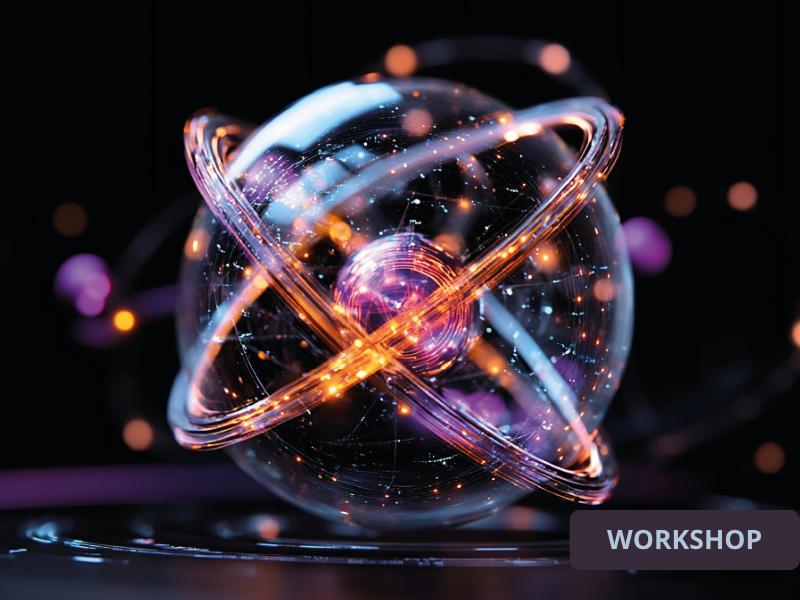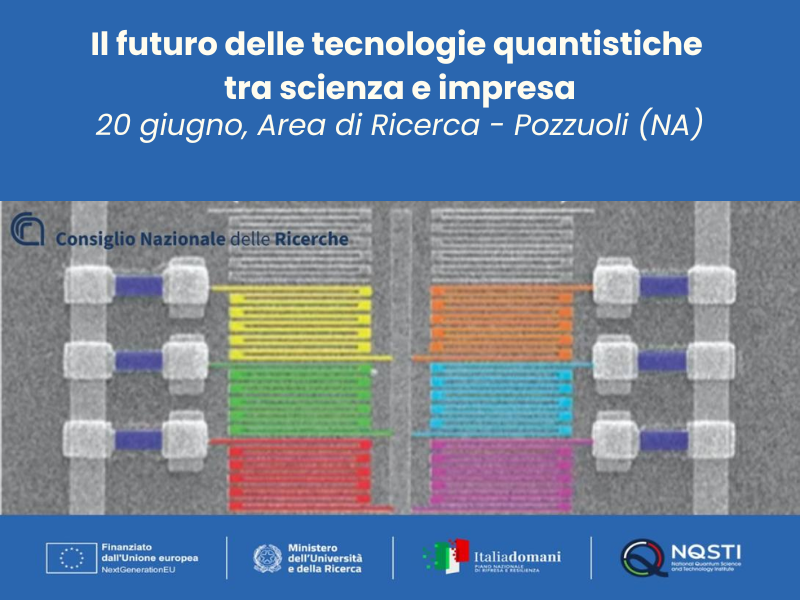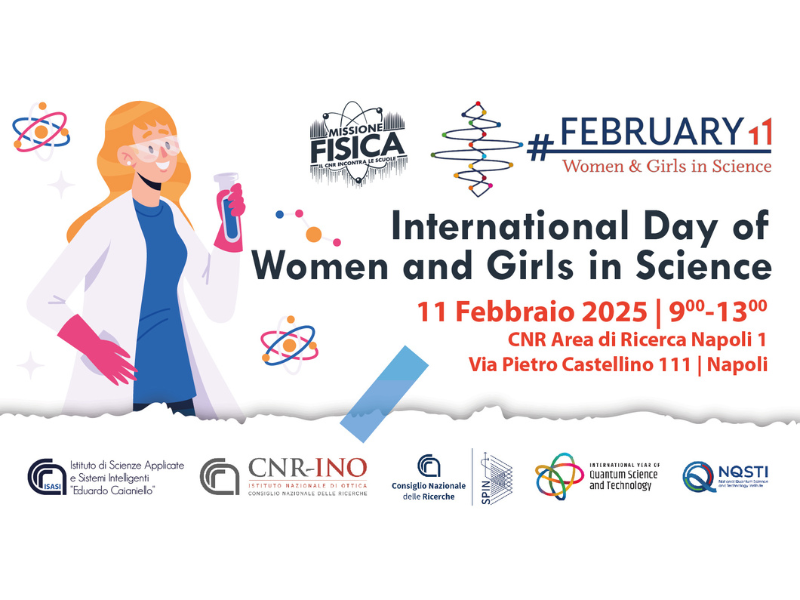Seminar by Dr. Yun Li, Associate Editor at Nature Physics
July 27, 20181 st Workshop on the Far-infrared Outgoing Radiation Understanding and Monitoring (FORUM) mission
September 10, 2018Lunedì 30 Luglio 2018, ore 11:30
Aula Querzoli, LENS — Via Nello Carrara 1, Sesto Fiorentino
SPIN-RESOLVED MICROSCOPY OF DOPED HUBBARD SYSTEMS
Dr. Timon Hilker, Cavendish Laboratory, University of Cambridge
The doping of an antiferromagnet can lead to complex physics related to high-temperature superconductivity. In one dimension, however, the relevant competition between spin and density sectors is largely absent due to the separation of the spin and density modes at low energy.
With a quantum gas microscope for ultracold fermionic Li-6 in an optical lattice, we can study of such systems with a unique control over kinetic energy, interactions and doping. A challenge has been to reach the required temperature for spin order and to measure the antiferromagnetic correlations with cold atoms.
I will start by presenting our direct, single-spin resolved detection of antiferromagnetic correlations in spin-1/2 Hubbard chains [1]. Upon doping the order decreases and their periodicity becomes incommensurate when measured with a standard two-point correlator [2]. With our full access to the spin and density distribution, we can directly measure three-point spin-hole-spin correlations and thus confirm that a hole in 1d only acts as a domain boundary of the spin-sector [3]. This is a direct consequence of the phenomenon of spin-charge separation and it allows to reveal the full correlations with non-local string operators [4].
Extending these techniques into the 2d regime, we started to study the effect of individual holes and doublons on an antiferromagnetic background. Without spin-charge separation, we find a significant reduction of the spin order around these mobile impurities, which is a first step towards the pairing of holes which might lead to d-wave superconductivity.
[1] M. Boll et al., Science 353, 1257–1260 (2016).
[2] G. Salomon et al. ArXiv 1803.08892 (2018).
[3] T. A. Hilker et al., Science 357, 484-487 (2017).
[4] M. Den Nijs & K. Rommelse, Phys. Rev. B 40, 4709–4734 (1989).




